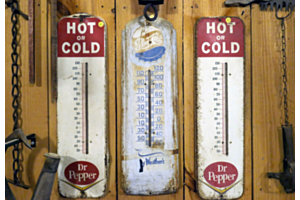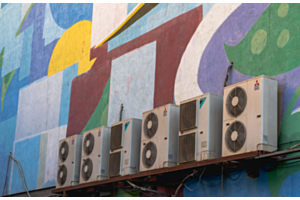ductless mini split
-
August 17, 2022
Your ductless mini split needs a vacuum pump for its installation, a device that can pull gas and air molecules into a sealed area. Most vacuum pumps have two jobs, sealing and cleaning.
In the case of the mini split vacuum pump, it will recover refrigerant gases, which you’re often legally mandated to do.
Even if your state or city doesn’t have any sort of such legislation, you shouldn’t want refrigerant remaining in your mini split system. The refrigerant, when left to linger too long, can mix with moisture and begin to corrode. That corrosion can spread to other parts of your mini split system as well, causing real trouble.
You want a functioning vacuum pump for your mini split system, but you have no idea what size pump is the most appropriate.
To answer that, you first need to know the cubic feet per minute or CFM. The vacuum pump CFM is the capacity
-
July 13, 2022
You’re about to retire your air conditioner since it’s old and its energy efficiency could be a lot better. You were thinking of upgrading to a ductless mini split system, but you’re wondering if a mini split will cause an accumulation of condensation as well. If so, how much?
Mini splits will produce condensation and thus require a drain pipe installed with the indoor air-handling unit. The drain pipe should be routed to a plumbing pipe so the water can seamlessly exit.
The drain pipe is integral to a mini split, as an included gravity flow inlet sends condensate water to the nearest outlet.
When a mini split technician comes to your house to install the components, they’ll make a hole for both the drain pipe and the refrigerant line. This will mean drilling holes into your home’s interior walls, but the indoor air-handling unit hides the holes so they’re never noticeable.
One of the biggest benefits of ductless mini splits is that they can both heat or






